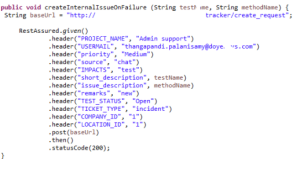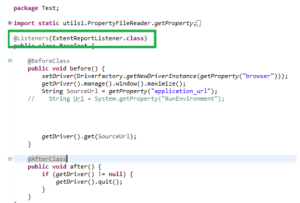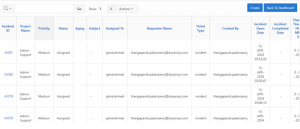Introduction/ Issue:
Automating test failure notifications in Selenium is essential for timely communication with stakeholders, avoiding delays common in manual monitoring. This automation is especially vital in large projects where test suites include numerous cases.
Why we need to do / Cause of the issue:
- Efficiency: Automating the notification process saves time and ensures that failures are reported as soon as they occur.
- Reliability: Manual monitoring can lead to missed failures. Automation ensures that no failure goes unnoticed.
- Traceability: Automatically triggering an API to log test failures in an internal system provides a clear and traceable record, which is vital for debugging and auditing.
The need for such automation arises because traditional test reporting tools often require manual checks to review the status of test cases. Clients increasingly demand real-time failure reporting to maintain continuous integration and delivery pipelines. Without automation, critical issues might be identified too late, causing delays in the development cycle.
How do we solve:
To solve this issue, we can leverage Selenium listeners to detect when a test case fails. Once a failure is detected, a custom method can be triggered to invoke an internal application API. This API will log the failure details, which include essential information like test case ID, error messages, and the timestamp.
1.Implement a Listener:
Use the ITestListener interface in TestNG to create a custom listener that listens for test case events.

2.Create API-Invoking Method:
Within the ExtentReport class, create a method that triggers the internal application API with the necessary details.

3.Integrate with Test Execution:
Add the listener to your test suite so that it automatically detects and responds to failures.

4.Logging Failure Details:
Ensure that the API call includes all mandatory fields, such as test case ID, error message, and the time of failure.

Conclusion
By implementing this automation, you not only streamline the testing process but also enhance the reliability of failure reporting in your project. This method ensures that all test failures are promptly logged and communicated to the appropriate channels, thereby reducing downtime and improving the overall quality of the software.
